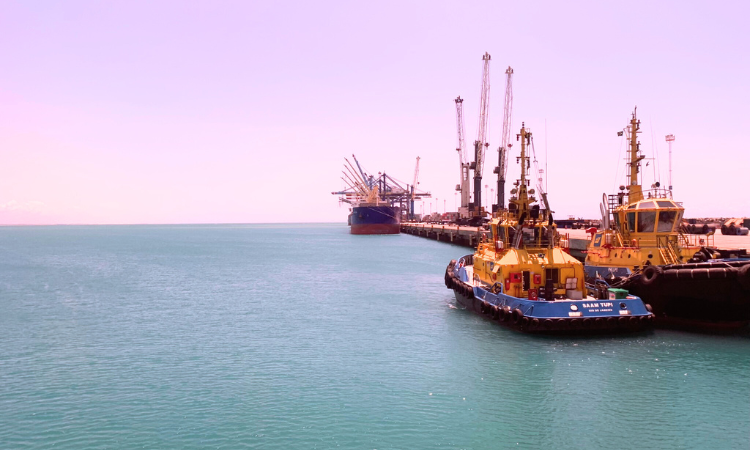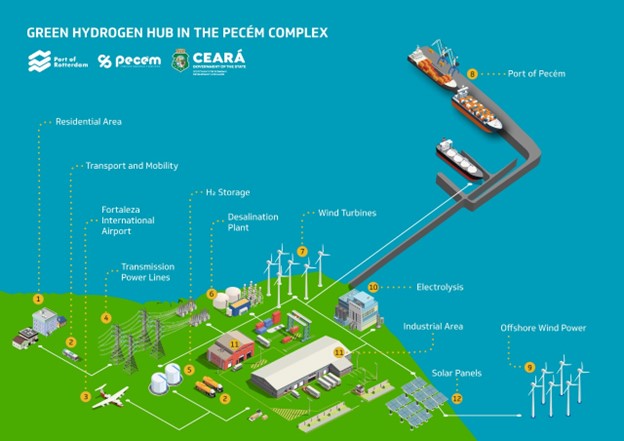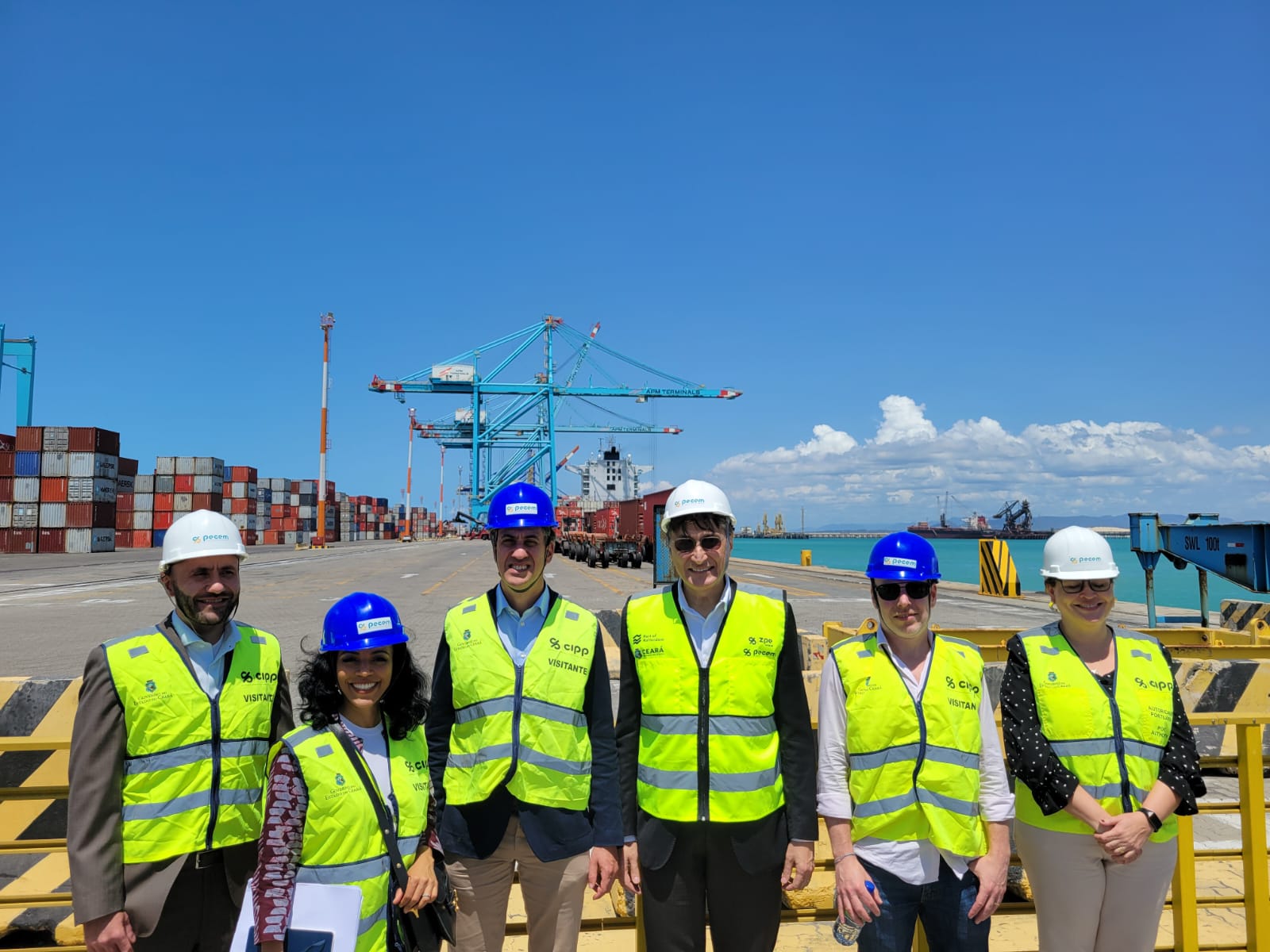We welcome your feedback
Your input matters. Help us improve the CIF website by completing a brief survey. It will only take two minutes and will support our ongoing efforts to serve you better.
In the sunny Brazilian state of Ceará, best known for its 600 kilometers of sandy coastline that attracts hundreds of thousands of tourists each year, a landmark green hydrogen project is taking shape.
Two factors have placed Ceará at the forefront of Brazil's energy transition. The first is plentiful renewable energy resources, particularly in the form of solar and offshore wind. The second is the direct access to major international markets offered by the strategically located Port of Pecém, in the city of Pecém.
The government’s ultimate vision is to transform Brazil – which already exports 20% of the world’s iron – into a global leader in green hydrogen and green steel. Making this happen is a $35 million injection of concessional finance from the Climate Investment Funds (CIF).

Why hydrogen holds such promise
The Pecém Verde (“green Pecém”) hydrogen project is a cornerstone of Brazil’s ambitious national climate strategy. The target is to cut 43% of emissions by 2030. As the second-largest economy in the Americas, this will not be easy.
Green hydrogen promises a double win. Such a resource would not only support Brazil’s decarbonization efforts but could secure the country a competitive foothold in the global low-carbon market, boosting economic growth and generating skilled clean energy jobs in the process.
Despite the vast potential of green hydrogen, widespread use has been hindered by high production costs and infrastructure challenges.

The power of concessional finance
Eighteen months ago, CIF backed a $70 million plan for Brazil under our Renewable Energy Integration Program, to help unlock the private finance needed for a large-scale energy transition. More than half of this funding—a US$33.5 million concessional loan and a US$1.5 million grant—is dedicated to constructing infrastructure essential for producing green hydrogen and its derivatives at Pecém.
The Pecém Verde project is also supported by the Brazil-UK Hydrogen Hub, a new multilateral country platform established to mobilise the technical and financial assistance needed to make low-emission hydrogen in Brazil both viable and competitive. The project has already received significant interest from international companies and governments, in particular from the European Union, who are keen to secure green hydrogen imports to meet their own climate targets through initiatives such as the Carbon Border Adjustment Mechanism, for example.
Last year, CIF Chief Executive Officer, Tariye Gbadegesin and Ed Miliband, the Secretary of State for Energy Security and Net Zero visited the Port of Pecém to meet with port authorities, government and business leaders, and CIF implementing multilateral development bank partners including the World Bank and the Inter-American Development Bank (IDB), to understand the potential impact this groundbreaking project can have on Brazil’s decarbonizing aims. As Hugo Figueirêdo, president of the Port of Pecém, told us during the visit, he sees the project as a “beacon of innovation” for the region.

A national blueprint for global application
Pecém Verde is projected to create an estimated 1,400 direct and indirect jobs, many requiring specialized skills in the green hydrogen sector, and will proactively promote women’s participation in this growing industry.
And with Brazil set to host COP30 in November this year, the project demonstrates that emerging markets can lead on deploying frontier technologies to decarbonize heavy industry.
Your input matters. Help us improve the CIF website by completing a brief survey. It will only take two minutes and will support our ongoing efforts to serve you better.